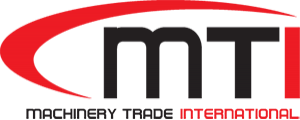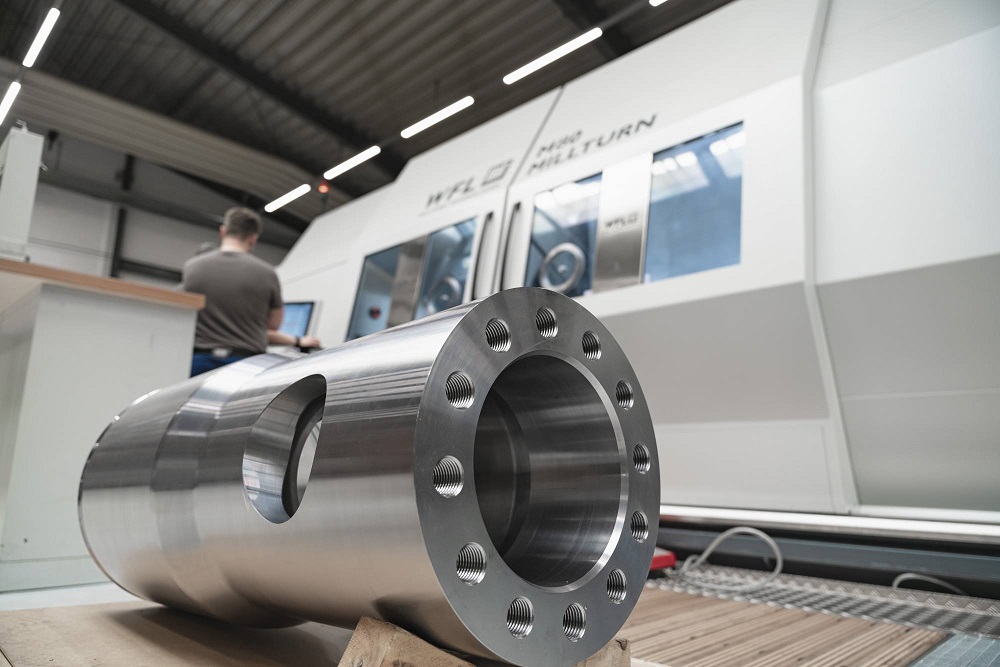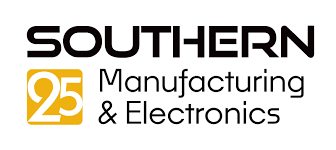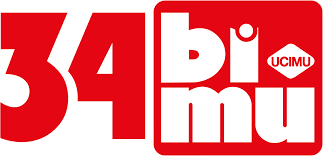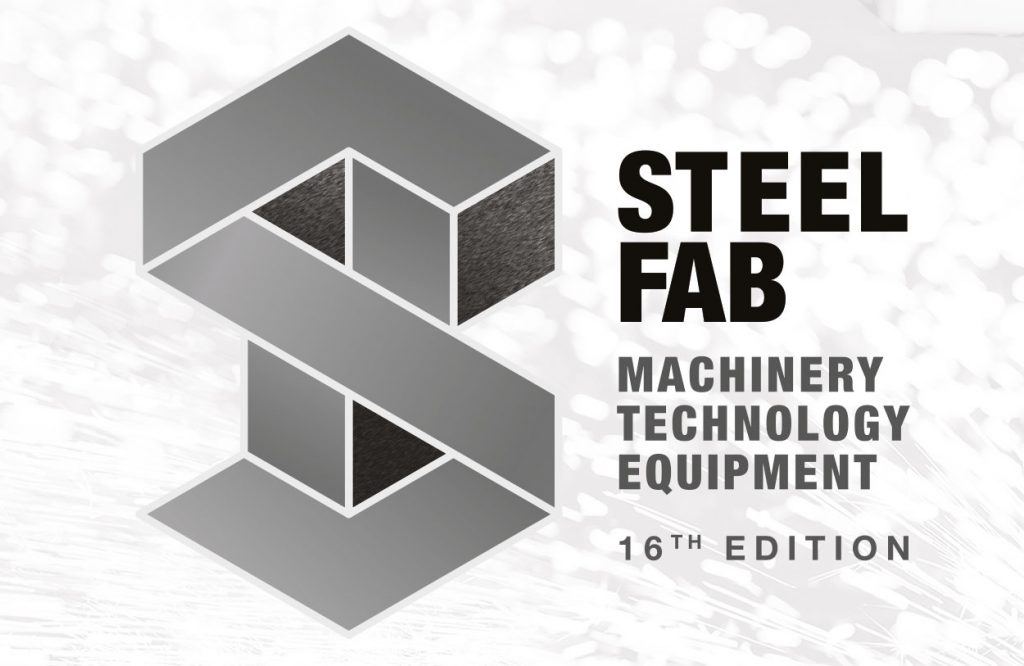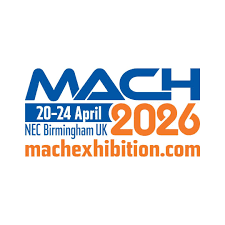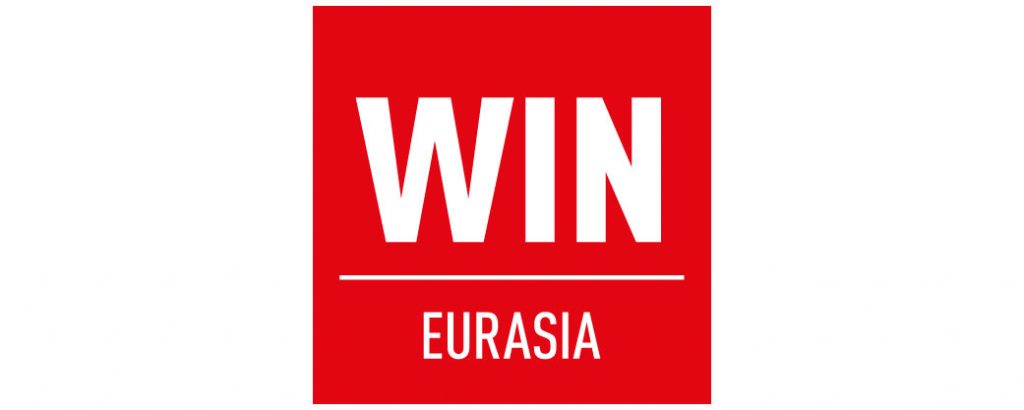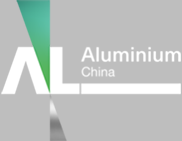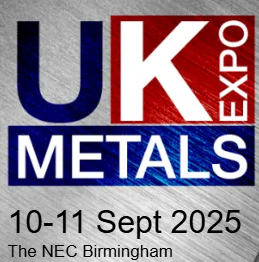While the mood in the manufacturing sector could be better, new customer target groups are increasingly coming into the focus of machine tool manufacturers. With a share of around 30%, mechanical engineering is now the most important customer sector for the first time. This includes companies from the tool and mould making industry, the machine tool industry itself, and manufacturers of agricultural machinery and components such as hydraulics and pneumatics, as well as drive technology. In addition, aerospace, electrical engineering and metal production are becoming increasingly important sectors for machine tool manufacturers. The proportion of business coming from rail vehicle construction, energy technology, precision engineering and medical technology has also continued to rise.
As a large global trade fair for production technology, EMO is a major platform for suppliers of metalworking solutions that cater to these customers. From 22-26 September 2025, this showcase of innovation will look back on 50 years of success and, with its three focus topics of automation, digitalisation and sustainability, provide a dedicated look at the production of tomorrow.
Applications for a wide range of manufacturing technologies in numerous industries will attract visitors from all over the world to Hanover. Exhibitor interest in the upcoming fair is already high. Over 1200 companies had registered by the provisional registration deadline at the beginning of December 2024. For the organiser VDW, this is a clear signal that the EMO trade fair – as in the past – is a model for success even in challenging times.
Dr Thorsten Schmidt, CEO of machine tool manufacturer Heller, says: “For decades, EMO has been an indispensable place of inspiration and exchange for us – a real milestone for our industry. It’s where we meet specialists from all over the world to talk about groundbreaking innovations, current challenges and the trends of tomorrow. We’re particularly excited about the opportunity to present our latest developments to an international audience and play an active role in shaping the future of production technology.”
One of the exhibitors at EMO 2025 is Supfina, a manufacturer of surface finishing systems. The company sees great potential in new growth areas such as e-mobility and wind power, as well as in sustainable production solutions.
“Thanks to our broad positioning and diversified customer base, our sales revenue remains on track,” says Christoph Siegel, managing director of Supfina. “We see the digitalisation and automation of our processes as a long-term opportunity to increase efficiency and strengthen competitiveness. This also includes safeguarding success factors such as our decades of surface finishing expertise, high quality standards and strong culture of innovation.”
Supfina will be presenting a completely new machine concept at EMO 2025, with the aim of appealing to a broad customer base.
For Datron, a solutions provider for industrial milling and dispensing technology, “engineered, designed and made in Germany” is the basis for delivering quality.
“Despite regulatory challenges and political hurdles, we’re clearly committed to Germany as a business location and are investing around €40m in a new technology complex,” explains Michael Daniel, chairman of Datron AG.
Notably, the new facility will bring the company’s four local sites – with a total of 300 employees – under one roof. This strategy will help combat a challenging economic landscape, where ongoing structural change in the automotive industry is having an indirect impact on Datron’s customers. Although the company is not entirely dependent on this industry, a decline of 4% in turnover and 18% in incoming orders was recorded in the first half of 2024. This makes it crucial to tap into new market segments. EMO is a central platform for Datron to present both new and proven technology solutions, and obtain direct feedback from customers and users.
At the last EMO, the main focus was on ‘optimizing efficiency’, in particular on increasing the efficiency of existing machines and new automation solutions. At the upcoming trade fair, Datron will address existing and potential new customers with enhanced technologies and improved functionalities for multi-axis milling.
For Peiseler, a manufacturer of trunnion tables, rotary tables, rotary tilt tables, swivel heads and workpiece changing tables, the focus is also on quality and high technology in the current difficult conditions. Like the rest of the industry, the company has had to cope with a decline in incoming orders during 2024, largely due to challenges in the automotive sector. However, Peiseler also faces other structural obstacles. The company is experiencing growing cost pressures in competition with suppliers from the Far East. In addition, the increasingly complex approval processes due to export regulations are making project handling more difficult.
“In order to counteract this, we consistently focus on technological innovations and high quality,” emphasises Arnd Kulaczewski, managing director at Peiseler. “Our solutions must be characterised by maximum precision and reliability while retaining a cost-competitive pricing structure.”
In order to become less dependent on the automotive industry, the company is consistently working to diversify its customer sectors. Peiseler increasingly offers customised positioning solutions for the energy, aerospace, medical and robotics sectors. Another important field of application is additive manufacturing, where the company uses individual and highly precise component positioning to perform generative wire welding, for example.
“EMO provides us with a suitable stage to present our technologies to an international audience from various industries,” adds Kulaczewski. “It’s where we meet our customers and potential partners.”
Siegel of Supfina takes a similar view. For him, the trade fair is a “valuable platform for picking up on new areas of impetus from the industry”. At the same time, “it enables us to demonstrate our strength”.
The EMO trade fair is also very important for machine tool manufacturers, in the view of Datron boss Daniel. This is because it not only offers enormous reach, but also provides the opportunity to “consolidate our position as an innovator and ambitious player in the global competitive environment”.
For the VDW as the organiser, these assessments provide important confirmation that EMO has been the right industry platform for half a century. All the more true in view of current challenges, combined with the confidence that the EMO trade fair will once again prove to be a model of success for its exhibitors and visitors.
More information www.emo-hannover.de
